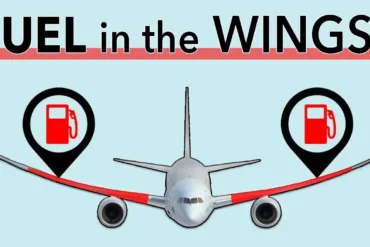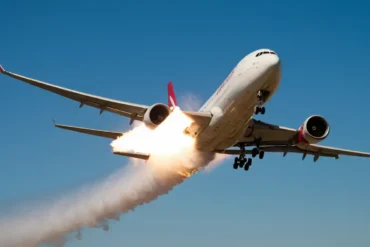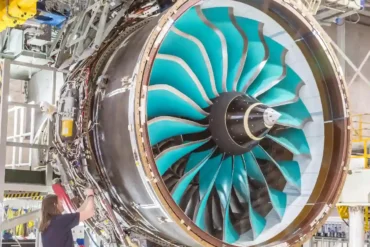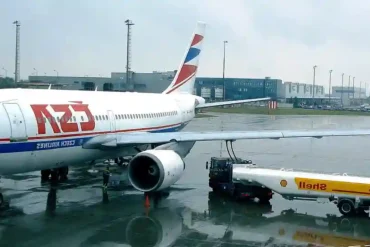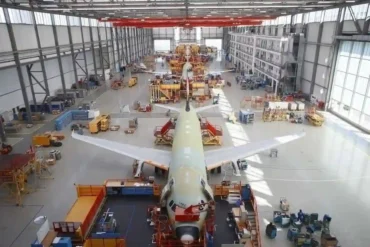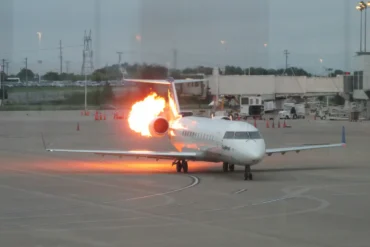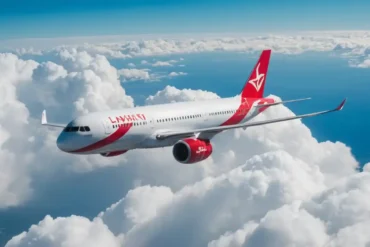Aircraft fuel tanks have a venting system designed to manage pressure, preventing fuel evaporation. This system serves essential roles, ensuring smooth operations without delving into complex fuel tank mechanics.
Pressure Equalization
During ascent to higher altitudes, external lower air pressure can create a vacuum if tanks are entirely sealed. Vents connect tanks to external air pressure, preventing structural damage by equalizing internal and external pressures. This crucial function safeguards against tank collapse during climbs and strain during descents.
Similarly, descending from altitude can exert pressure on sealed tanks, risking damage. Vents release pressure buildup, maintaining fuel tanks at ambient air pressure during altitude fluctuations.
Fuel Evaporation Prevention
At high altitudes, lower air pressure reduces the fuel’s boiling point, risking evaporation inside tanks. Vents allow cool, dense ram air to enter, countering the effect and preventing fuel from turning into vapor.
Overflow Drainage
On hot days, fuel volume expansion increases tank pressure. Vents provide a safe overflow path, preventing hazardous pressure buildup by allowing expanded fuel to drain away.
Air Intake for Fuel Consumption
As fuel depletes in flight, tanks need air to avoid a vacuum. Vents facilitate continuous airflow, ensuring a balance between air and fuel, preserving the tank’s structural integrity.
In essence, vents are integral to safe aircraft fuel tank operation. They regulate pressure, prevent evaporation and overflow, and facilitate ongoing fuel consumption. Pilots can focus on flight, assured that venting systems manage the nuances of changing altitudes and fuel levels seamlessly.


